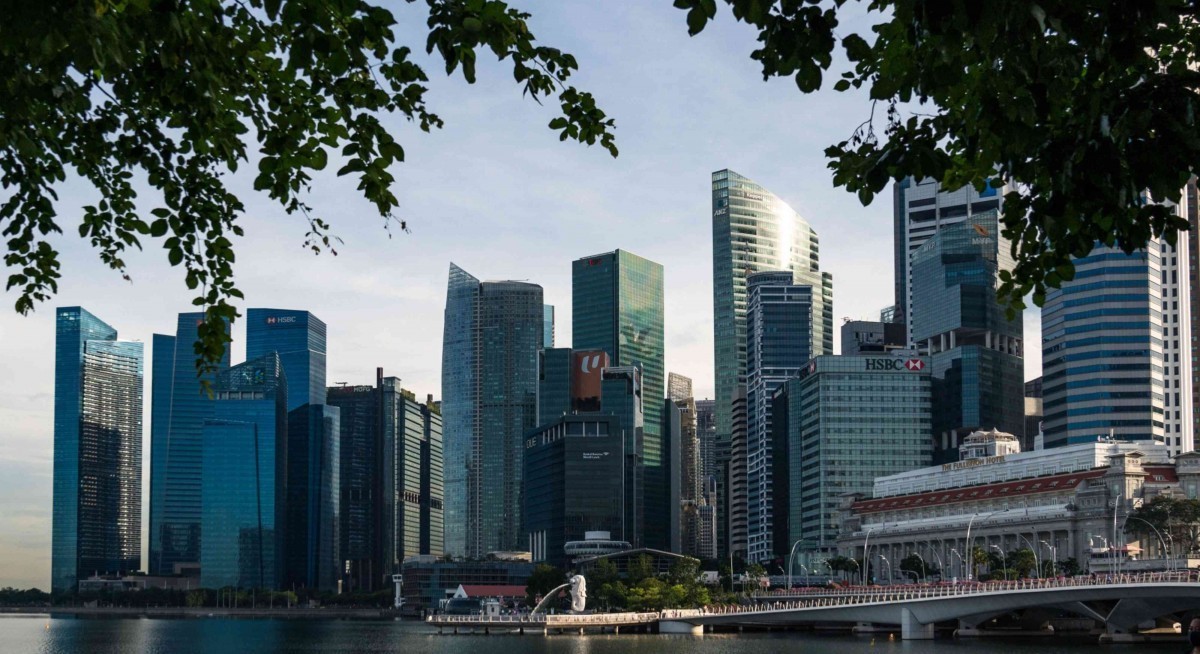During the quarter, the sector’s 2QFY2025 patmi fell by 3% y-o-y and 5% q-o-q due to weaker operating income. Overall NIMs fell by 9 basis points q-o-q and 16 basis points y-o-y with the declines in benchmark rates coming through.
On a q-o-q basis, the lower sector patmi was attributed to the sequentially lower NII and non-interest income while the y-o-y drop was mainly due to higher loan impairment allowances and a higher effective tax rate after the adoption of the global minimum tax rate.
Overall, annualised loan growth stood at 2% as domestic-driven growth was slightly offset by the impact of foreign exchange (forex). At the same time, annualised deposit growth stood at 4% as banks continued to enjoy ample liquidity from continued liquidity inflows.
Sector non-interest income fell by 6% q-o-q due to softer fees and lower other non-interest income. The lower q-o-q fee were attributed to the absence of deal-related fees seen in the previous quarter. Non-interest income, however, was up by 8% y-o-y on higher fees.
Cost-to-income ratio (CIR) was up by 2 percentage points q-o-q to 41% due to weaker operating income.
Meanwhile, asset quality was generally “stable” despite isolated new non-performing asset (NPA) incidences.
The sector’s credit cost stood at 19 basis points compared to 1QFY2025’s 30 basis points while the gross non-performing loan (NPL) ratio eased by 5 basis points q-o-q to 1.15%.
See also: JP Morgan upgrades Suntec REIT to 'overweight' on better occupancy, lower interest cost
During the reporting quarter, the RHB team lowered its FY2025 to FY2027 sector patmi by 3%, 2% and 1% respectively due to the downgrades in forecasts for OCBC and UOB.
Following the changes, sector profit before tax (PBT) for FY2025 is expected to decline by 4% y-o-y while sector FY2025 patmi is expected to fall by 6% y-o-y due to a 3% y-o-y decline in NII from NIM compression and higher credit costs.
In FY2026 to FY2027, the team expects patmi to rebound with a 4% y-o-y growth underpinned by stronger non-interest income.
The team also expects the banks to see a weaker 2HFY2025 attributed to a combination of seasonal factors and uncertainties pertaining to global trade from the US tariffs.
RHB has a “buy” call for DBS and “neutral” calls for OCBC and UOB. The team's target prices for DBS, OCBC and UOB are at $52.80, $17.50 and $38.80 respectively.
Year-to-date (ytd), Singapore banks have posted double-digit total returns, “significantly outpacing” its Malaysian and Indonesian counterparts, but lagging in comparison to the Straits Times Index.
“In our view, Singapore banks’ relative regional outperformance has been aided by attractive dividend yields and the flight-to-quality to Singapore dollar (SGD) assets. Upon closer examination, though, we note that the overall sector performance was skewed by DBS’s strong returns while both OCBC and UOB continued to lag,” the team writes.
“We believe DBS’s outperformance was aided by its strong dividend visibility as it continues to focus and guide on absolute dividends. Dividend yields remain attractive. A resilient set of 2QFY2025 results have also been received positively,” it adds. “On the other hand, both OCBC and UOB were laggards. Both results missed estimates this quarter, and both banks also reduced their interim ordinary dividend per share (DPS) due to the decline in 1HFY2025 profitability.”
As at 11.44am, shares in DBS, OCBC and UOB are trading at $49.84, $16.72 and $34.84 respectively.



